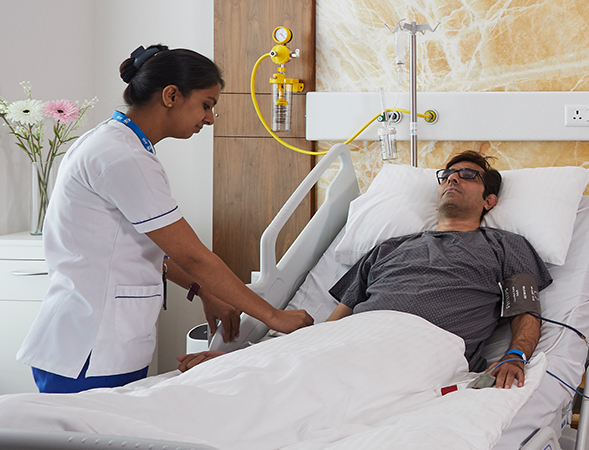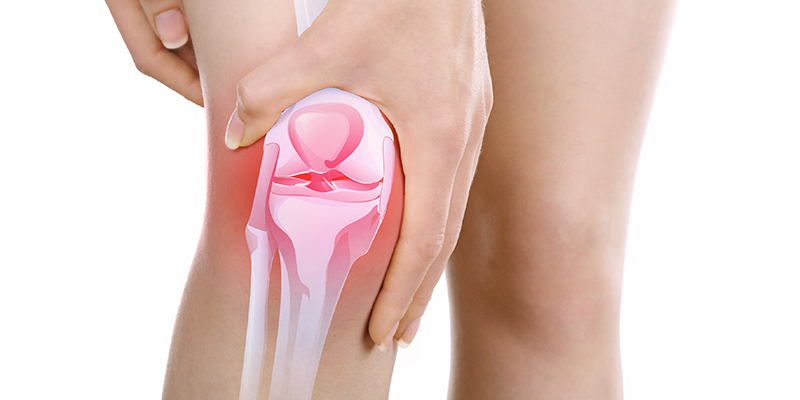Joint problems are perhaps the most prevalent cause of decreased quality of life especially in the elderly. Obesity and joint issues follow a vicious cycle. An increase in weight increases the risk of joint disorders and joint disorders increases the risk of obesity. An obese individual has more than fifty percent chances to develop arthritis than a normal individual.
Arthritis is an umbrella term used to describe the damage caused to the joints by different conditions. The common joint disorders seen in obese individuals are osteoarthritis and rheumatoid arthritis. Obese men have a higher risk of developing such disorders.






